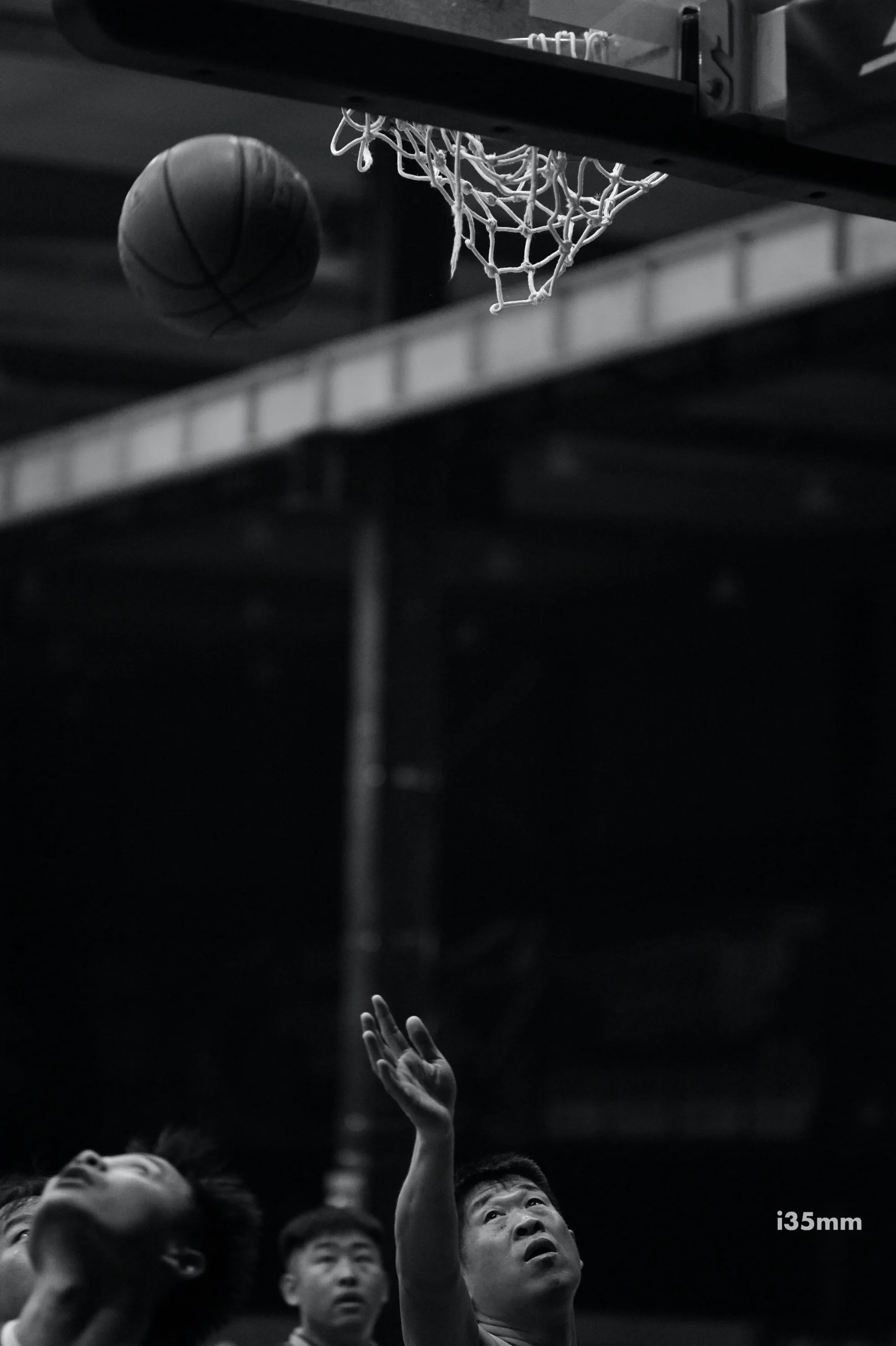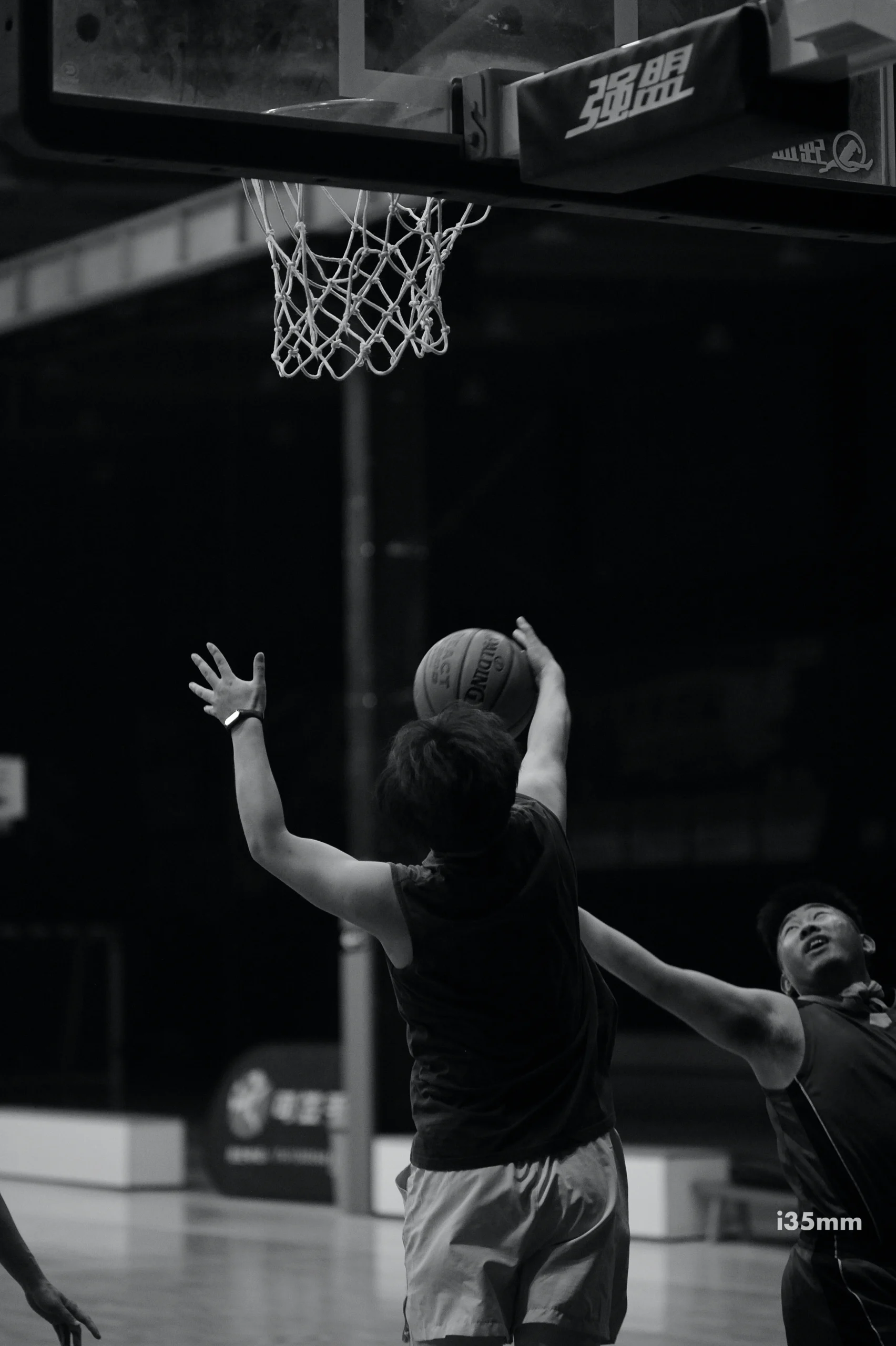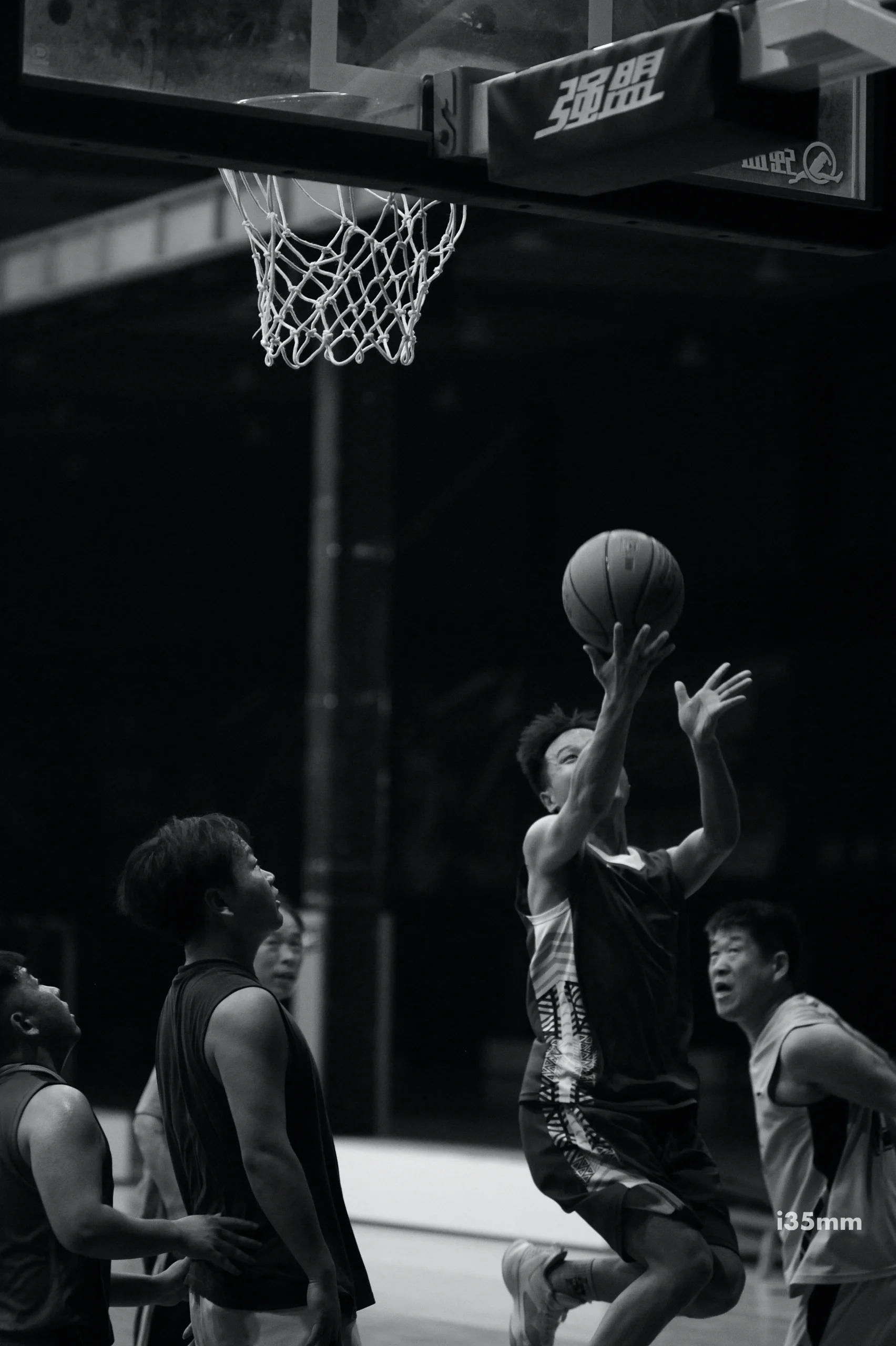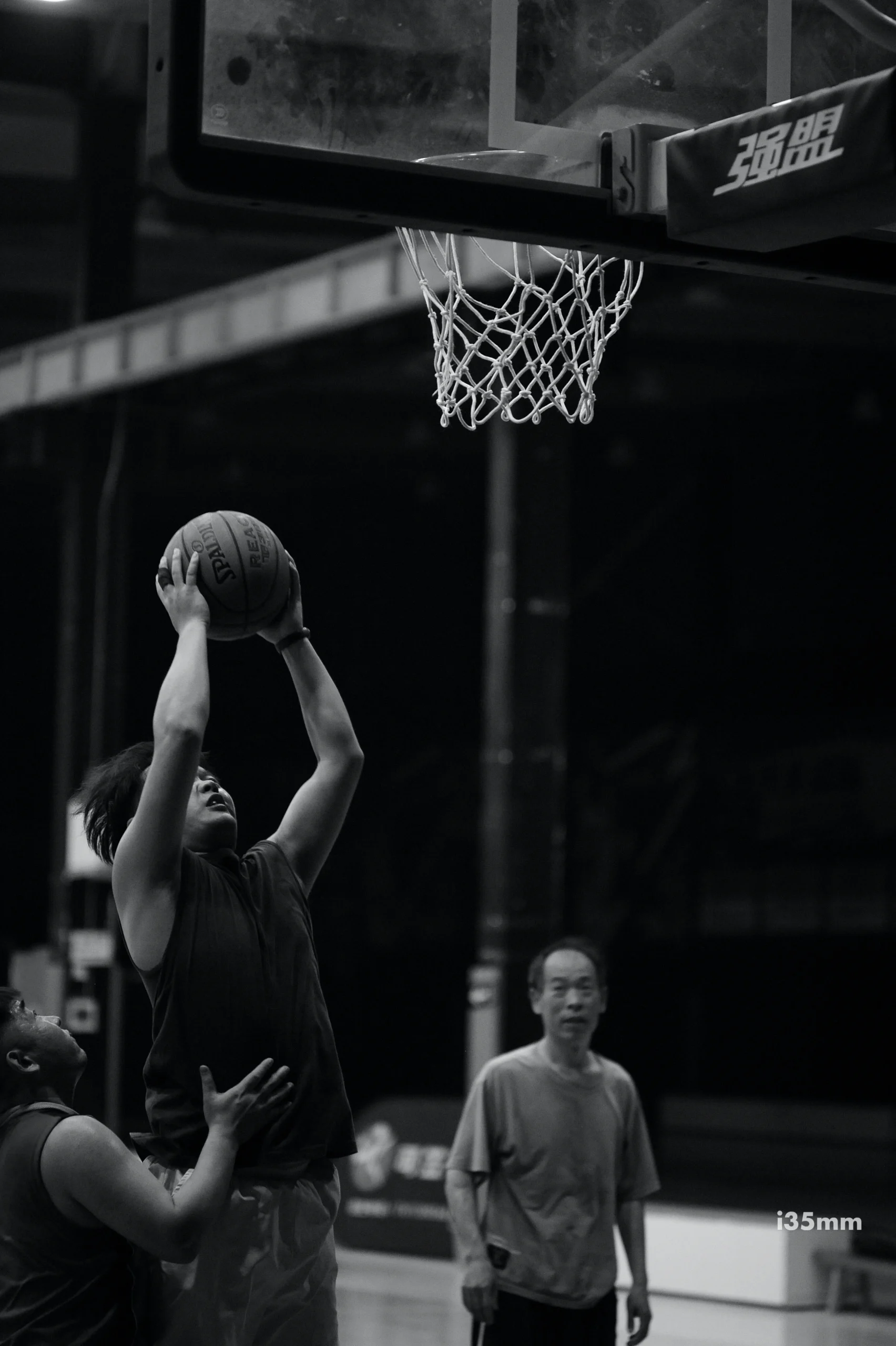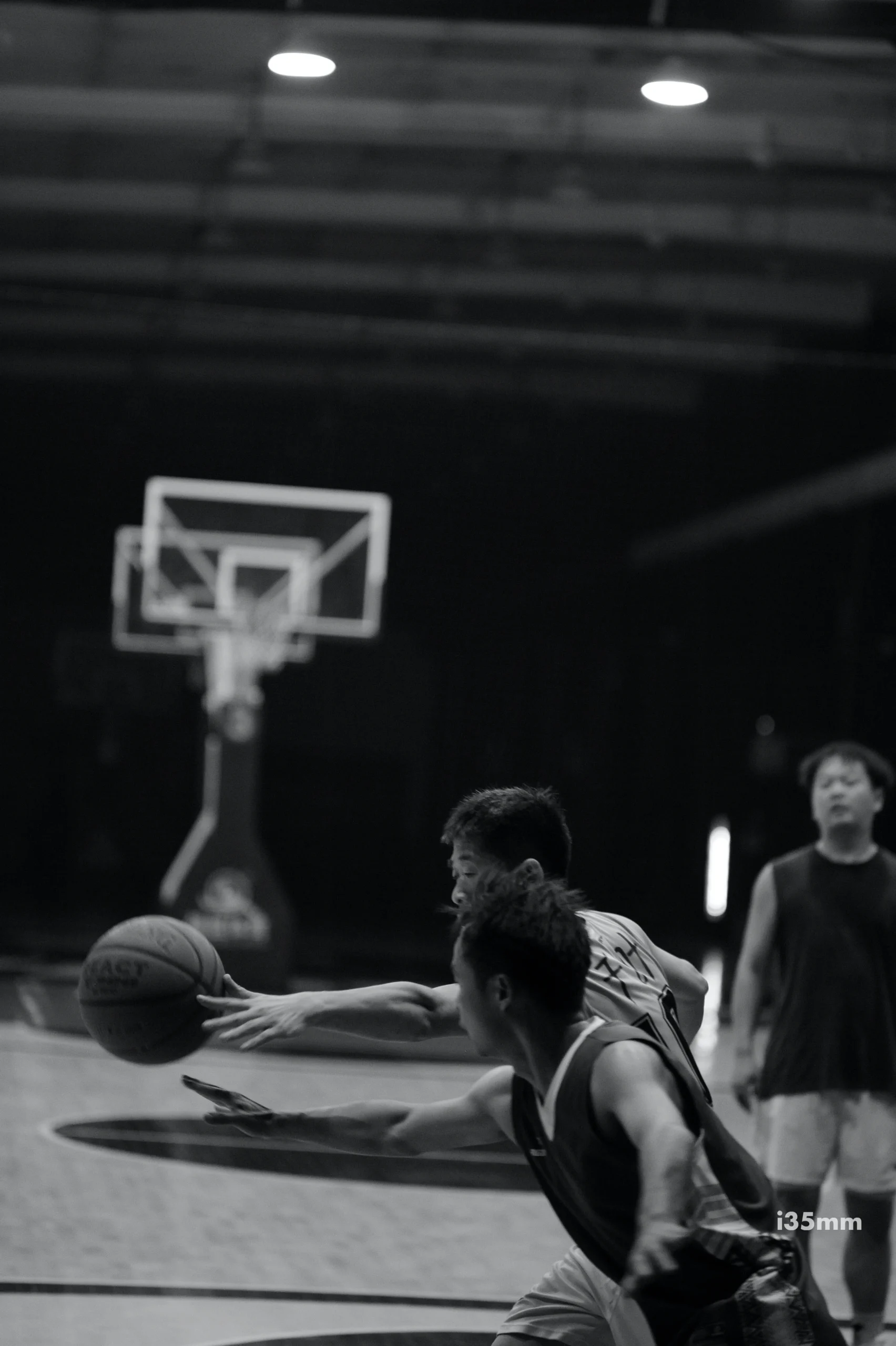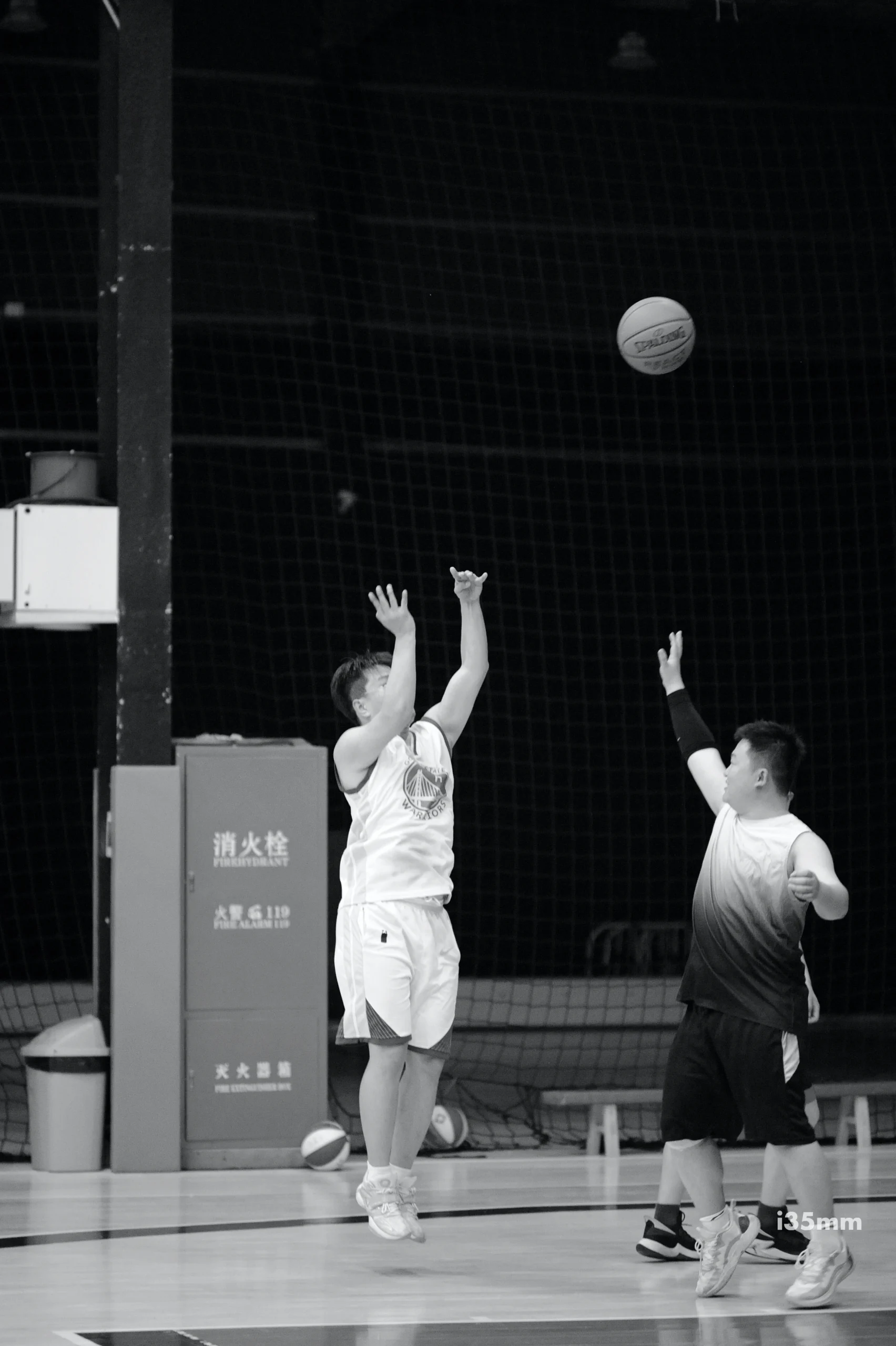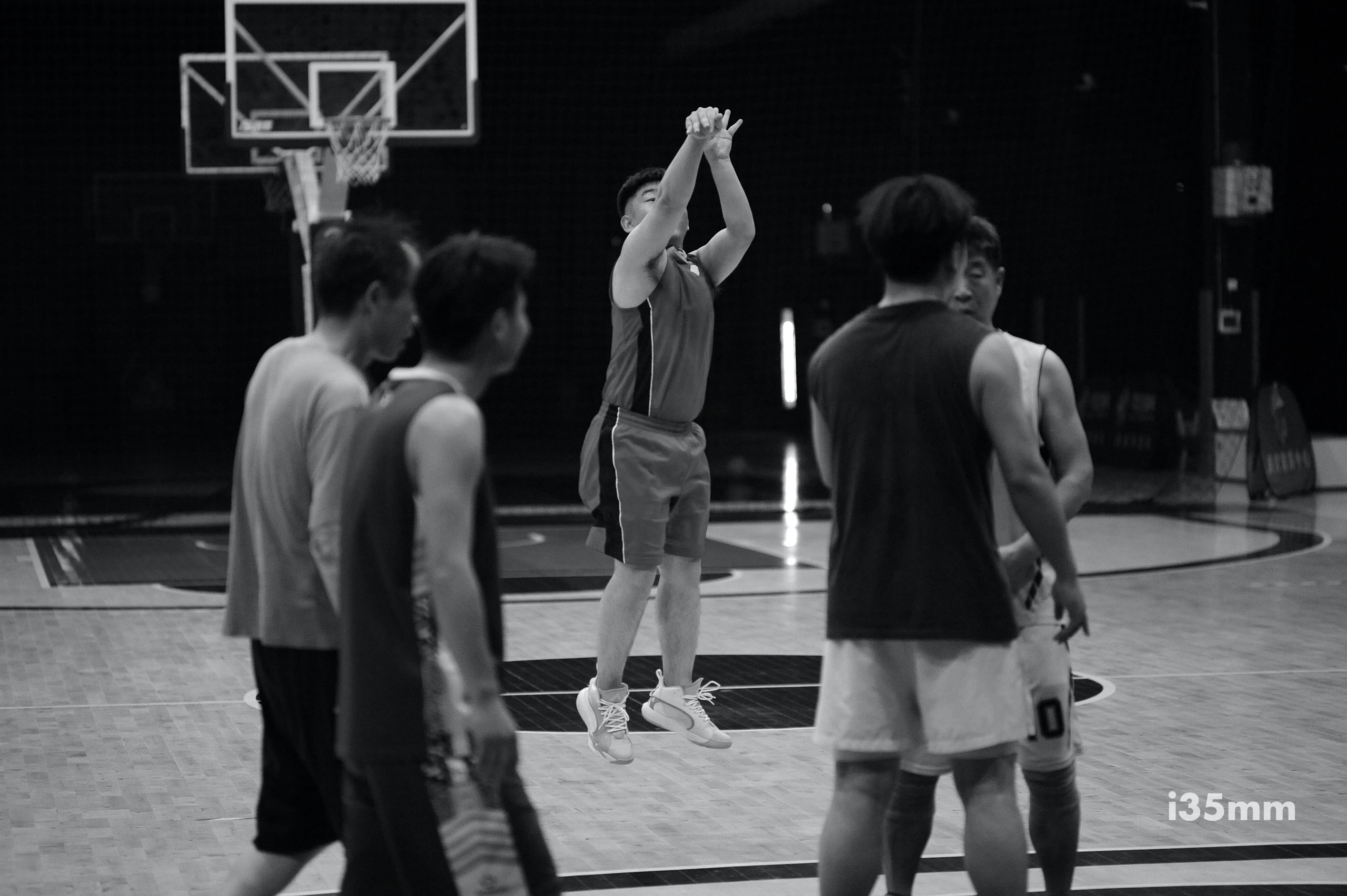
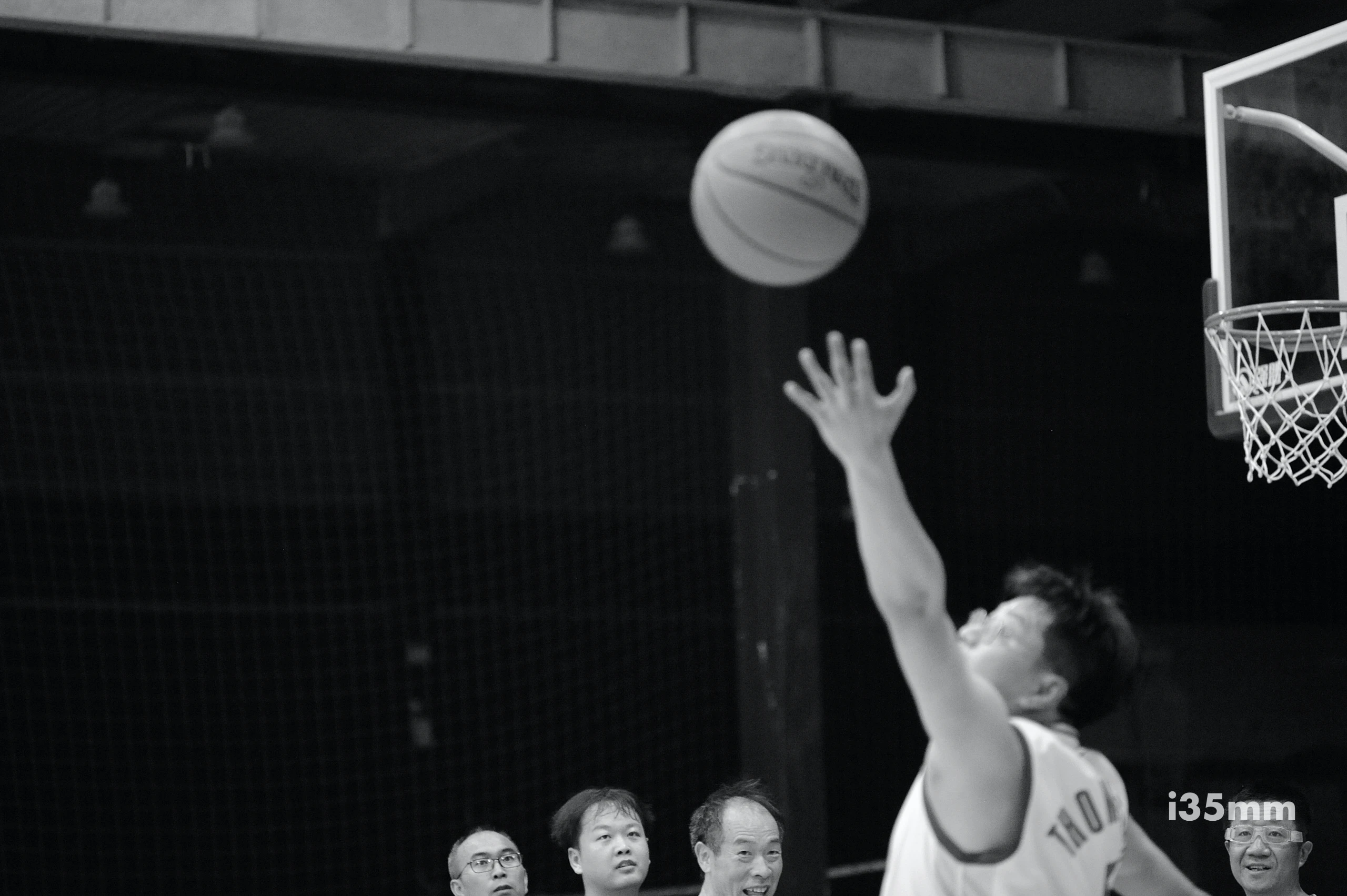
Let’s talk about taking a vintage lens to a modern playground.
Why Not the Obvious Choice?
When I decided to photograph a casual half-court basketball game, the “logical” gear choice would’ve been a sleek 70-200mm f/2.8 sports zoom—the kind that whirs like a obedient robot. But here’s the thing: I was literally sitting on the edge of the court. Why lug a telephoto bazooka when an 85mm f/1.8 prime could do the job?
Except… I didn’t own an 85mm f/1.8. Buying one just for this felt like renting a tuxedo to walk my dog. Then I remembered: *Wait, isn’t the “Afghan Girl” lens a 105mm f/2.5?* Yes, that legendary Nikon relic—the one that captured the National Geographic portrait—was gathering dust on my shelf. Sure, f/2.5 isn’t f/1.8, but it’s brighter than f/2.8! Plus, my trusty D700’s ISO performance could handle the rest.
Manual Focus: A Dance, Not a Battle
Let’s address the elephant in the gym: manually tracking basketball players sounds about as practical as threading a needle during an earthquake. But here’s my logic:
- Embrace the JPG gamble: I switched from RAW to JPG, trusting quantity over perfection. Missed focus? Delete and move on.
- Predict, don’t chase: Manual focus forced me to anticipate movements—leaning into shots, pivots, that split-second hang time. It felt less like photography and more like jazz improvisation.
Black-and-White Grit (Zero Filters Needed)
Surprise MVP? The lens itself. Wide open at f/2.5, it delivered biting sharpness and contrast that made post-processing feel redundant. Converting shots to black-and-white took one click—no tweaking curves or fighting murky shadows. The tonal depth? Like the difference between a vinyl crackle and a Spotify algorithm.
And let’s be real: hauling a DSLR with this chunky 105mm prime still beats fiddling with a rangefinder patch mid-game. Some call it “vintage hassle”; I call it “forced mindfulness.”
The Real Score
Did I miss shots? Absolutely. But the keepers had something no f/1.8 autofocus lens could replicate: texture. Every dribble, every sweat droplet, every strained tendon felt raw—like the images themselves were breathing.
Maybe next time I’ll try that 70-200mm. Or maybe not. Sometimes, “outdated” tools remind us that photography isn’t about control—it’s about conversation.
